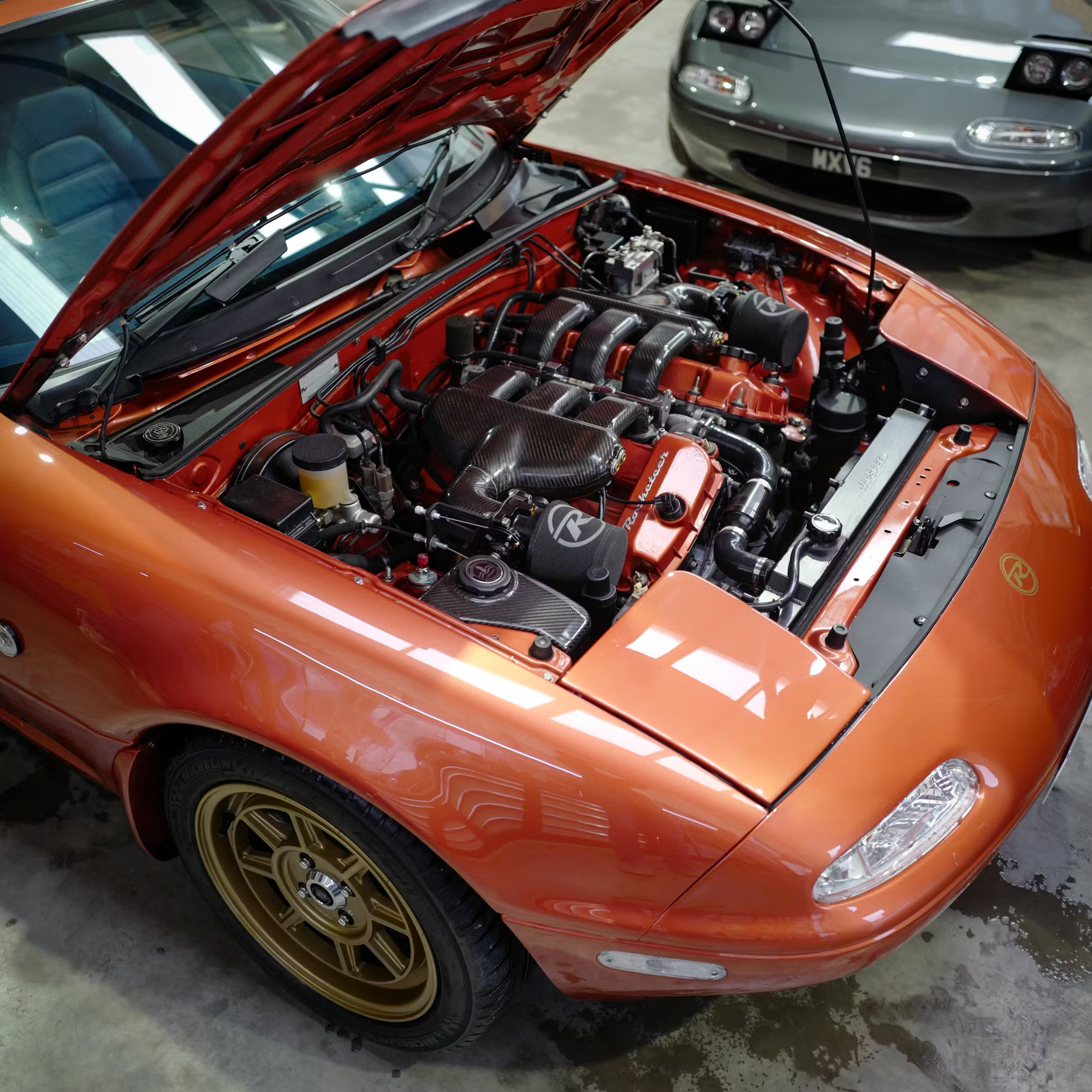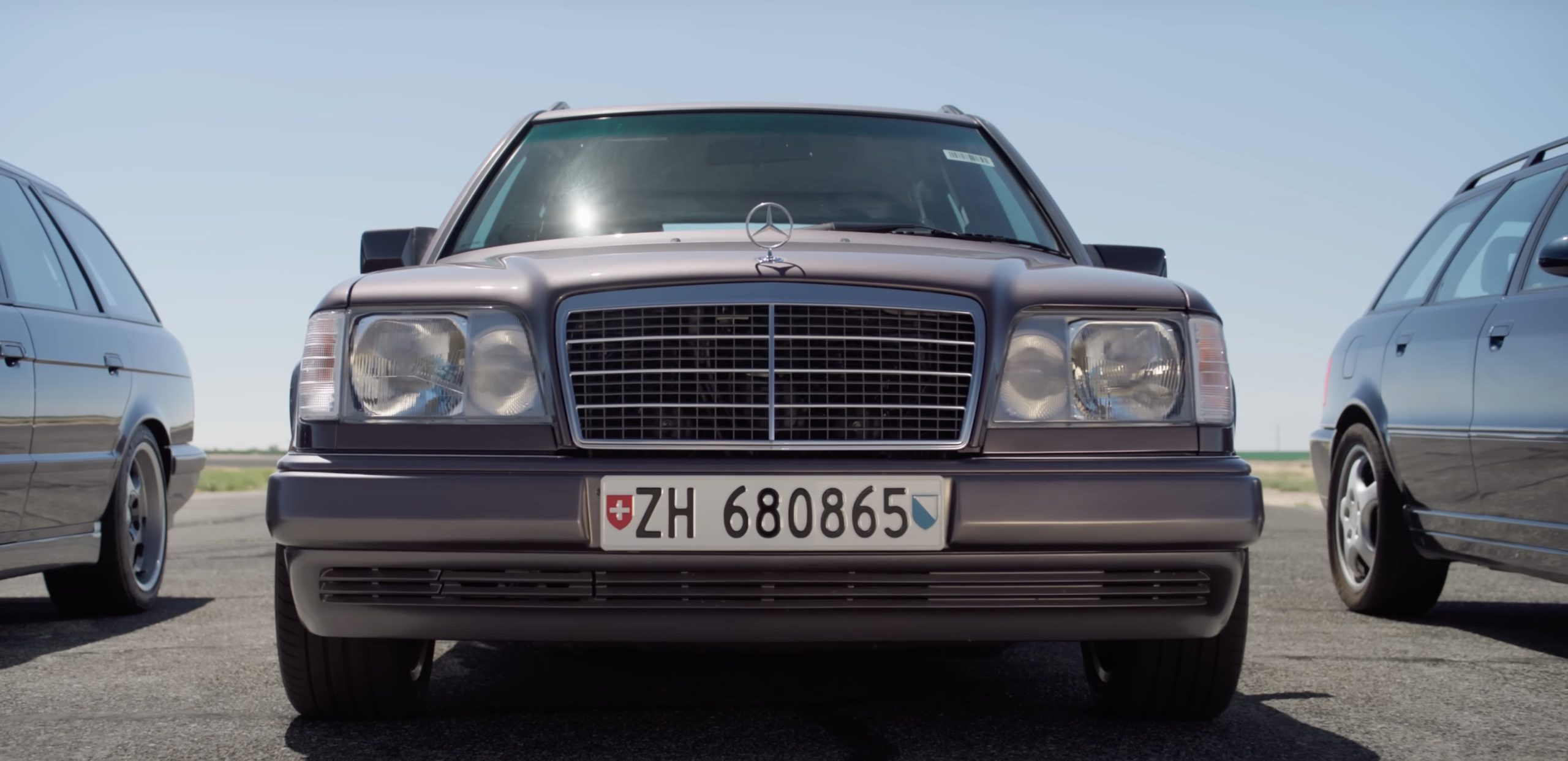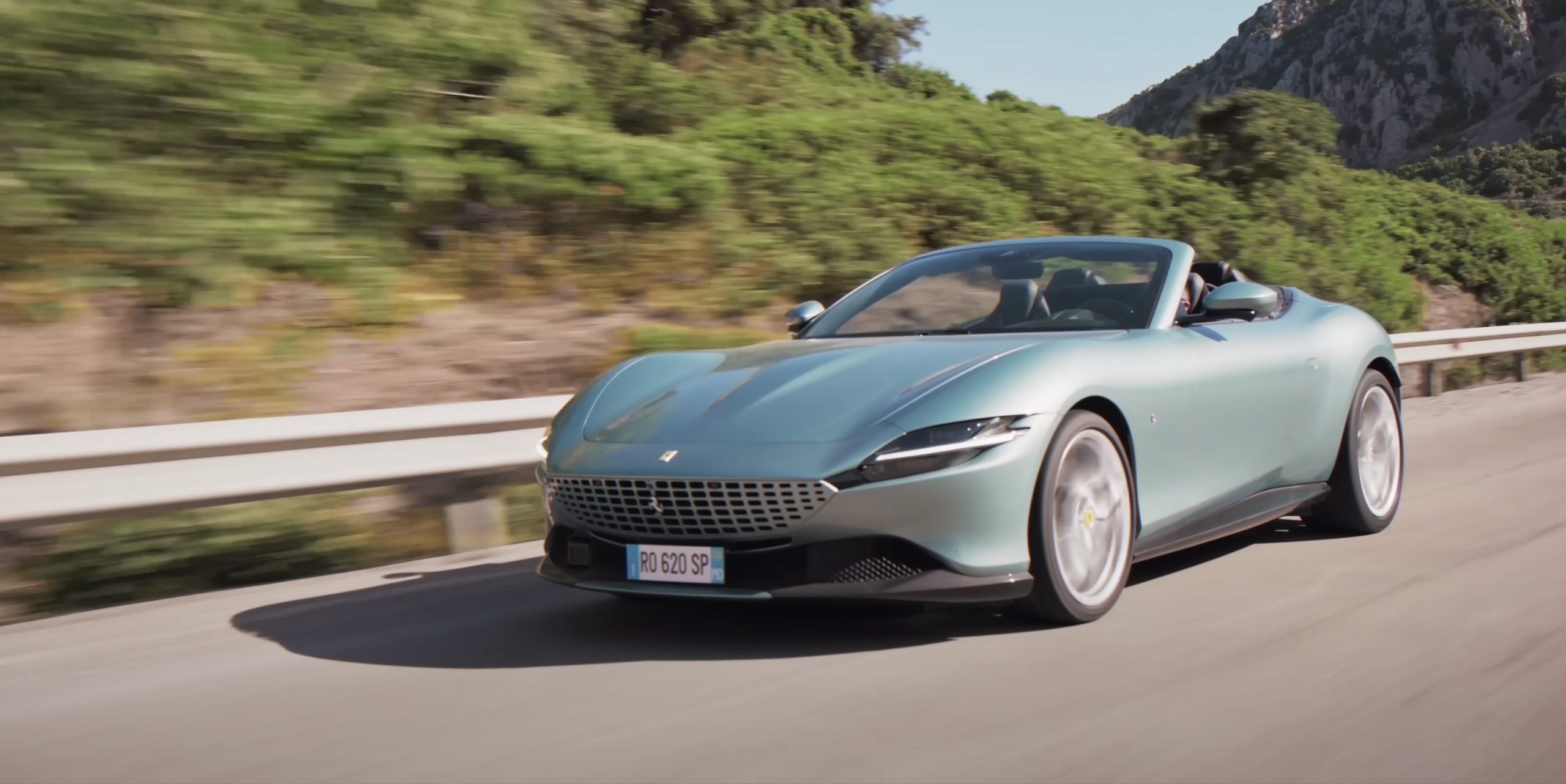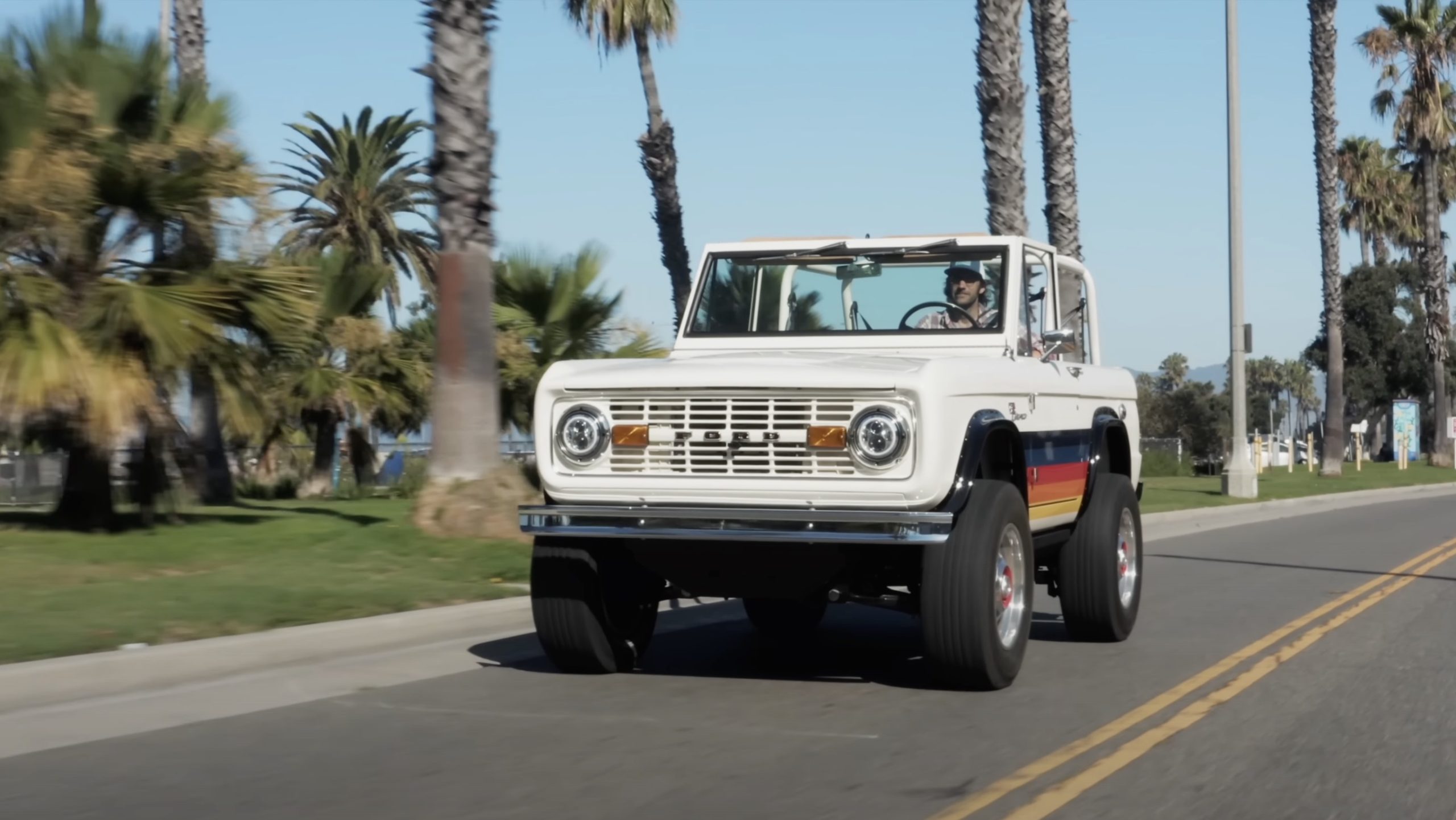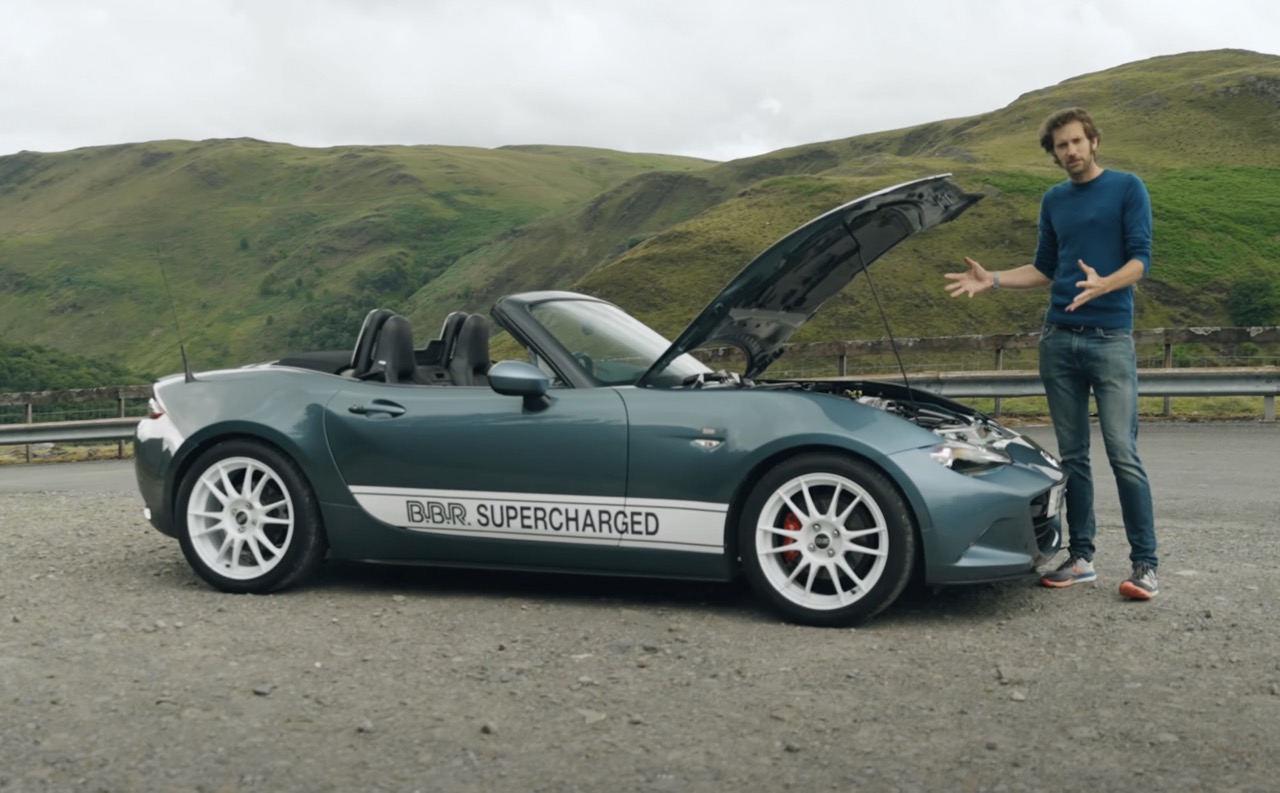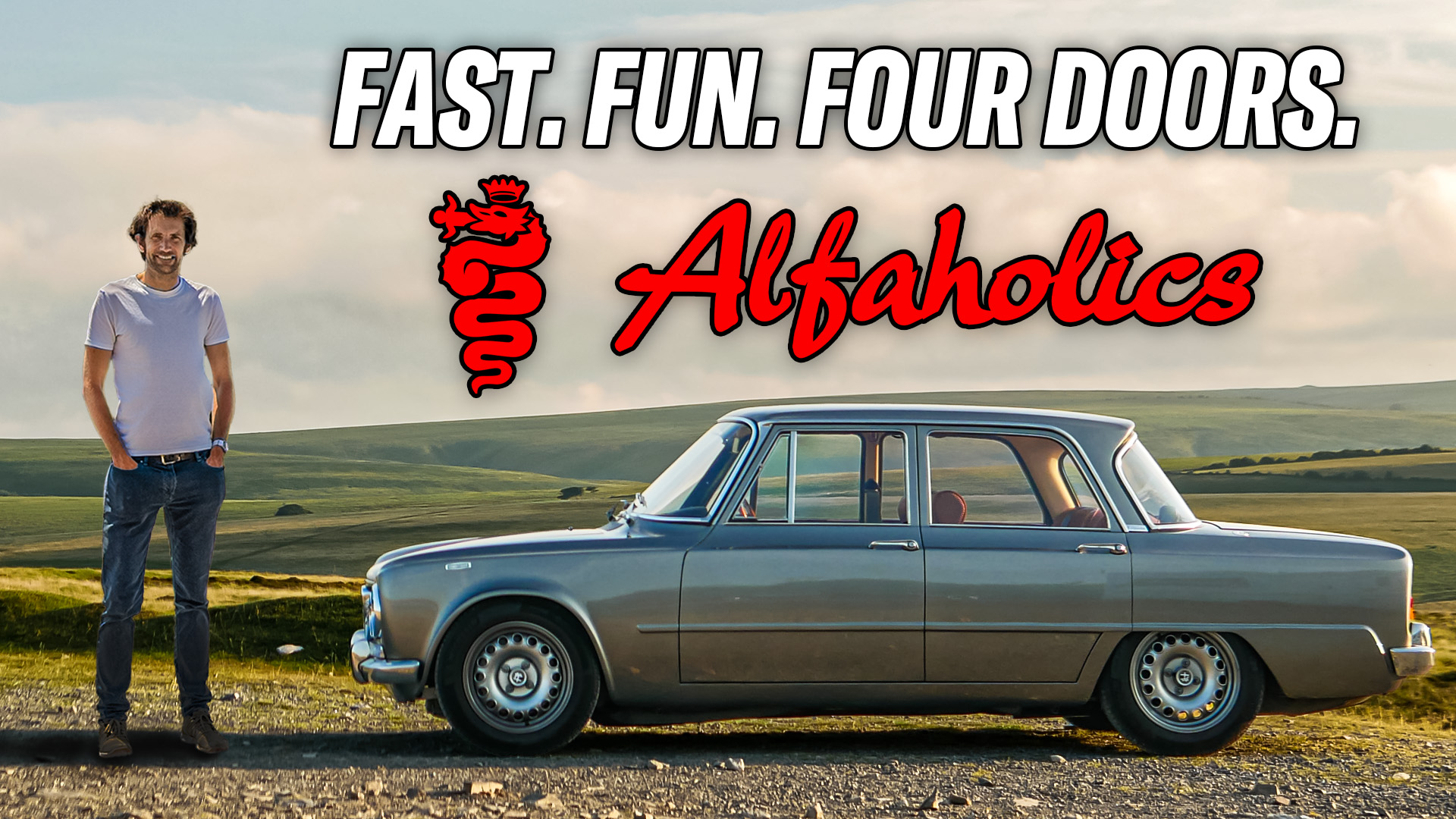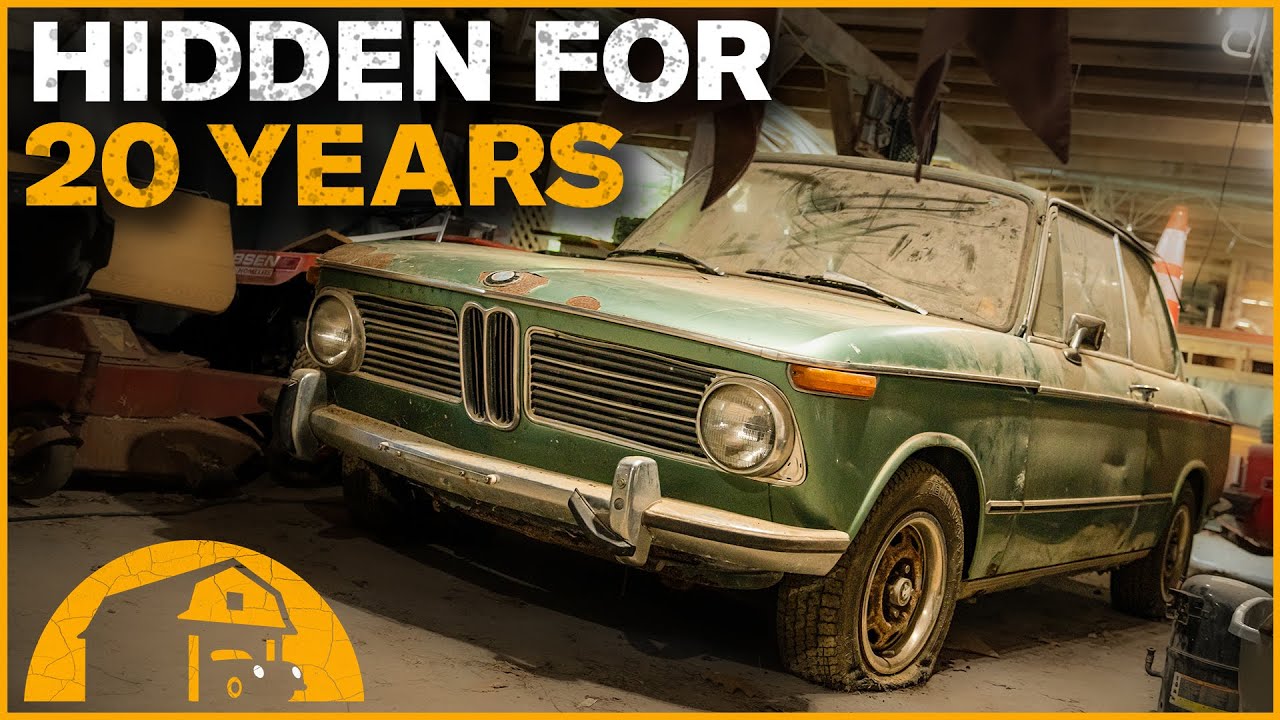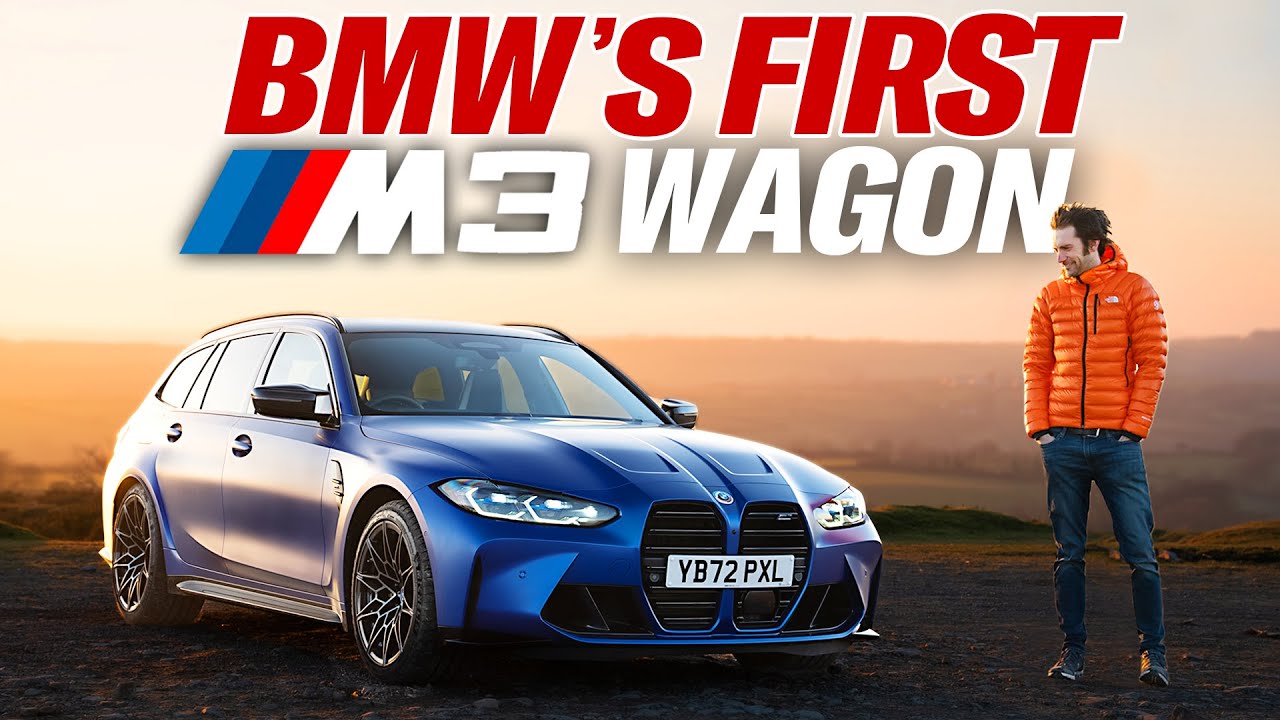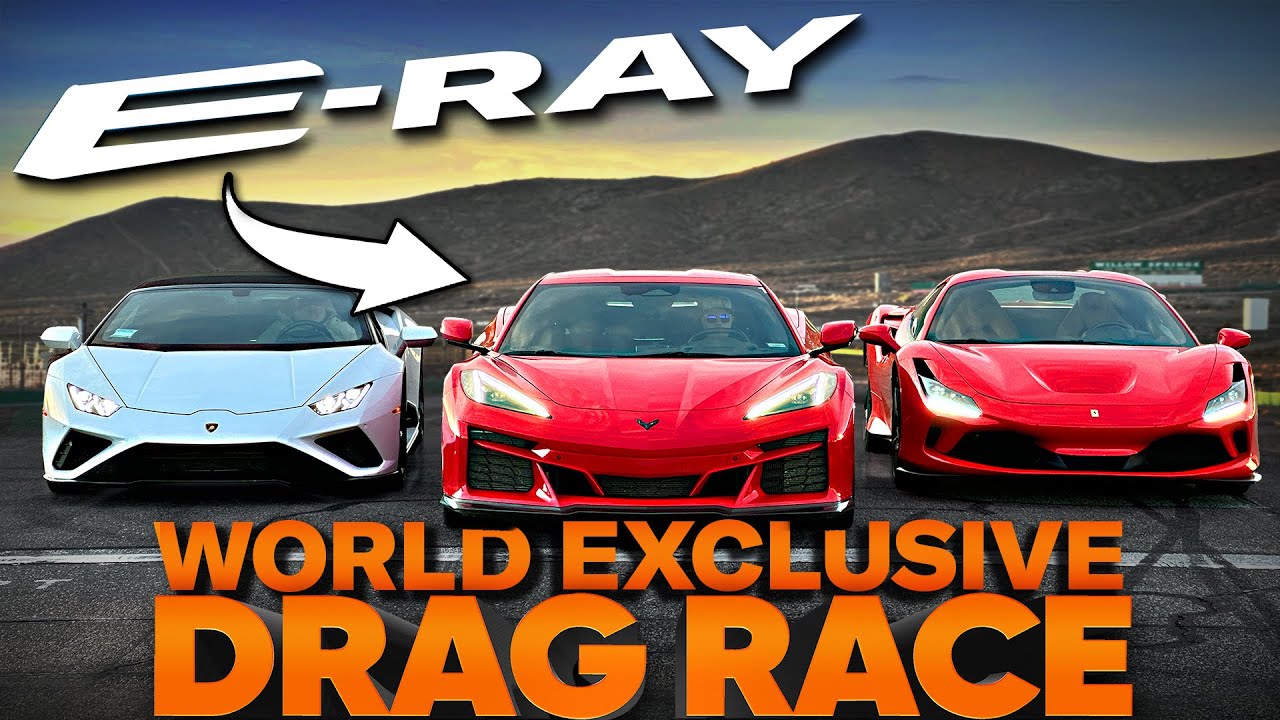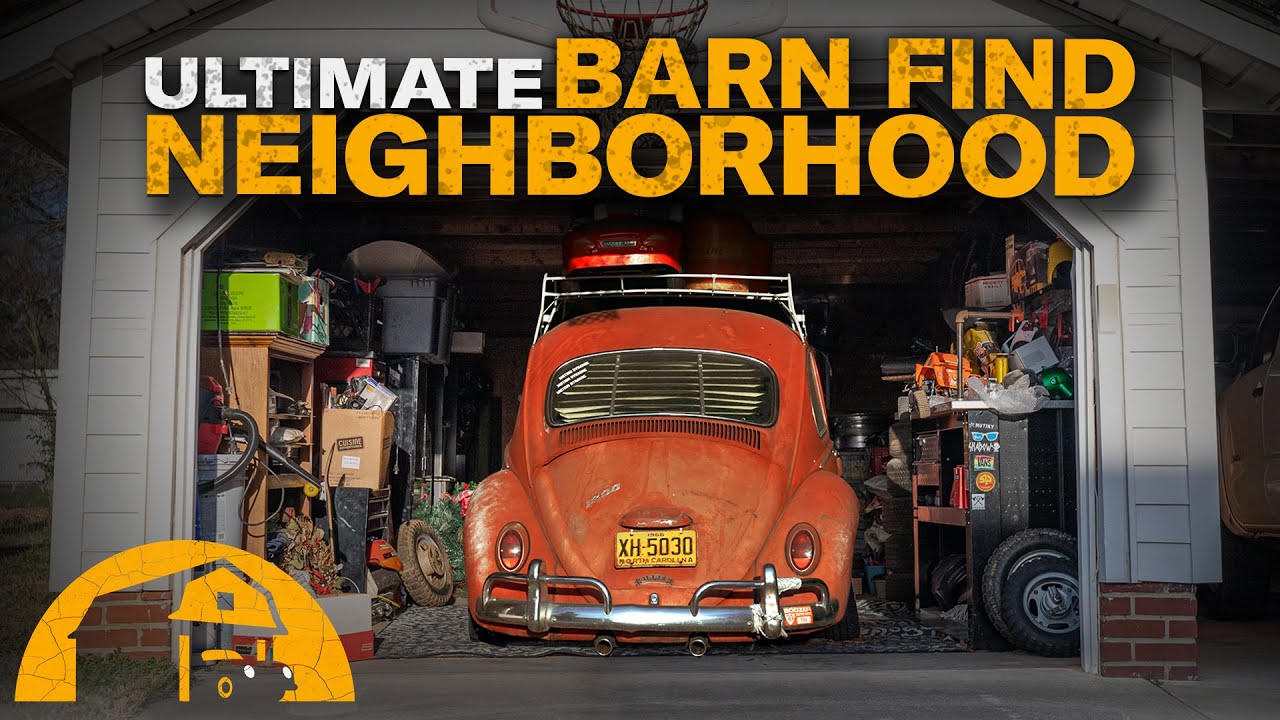As the original super-saloon, we’ve documented the development of the Lotus Carlton, interviewed the man that made it happen – Mike Kimberley, the former Lotus boss – and we’ve even spent time behind the wheel and put pedal to metal, driving the car that parts of Britain’s media called to be banned.
Based on the European Car of the Year award-winning Opel Omega and Vauxhall Carlton twins, it was the fastest regular production saloon in the world, with a top speed of almost 180mph, and that caused major controversy in the socioeconomic class-conscious United Kingdom.
180-mph supercars like the Ferrari Testarossa had already been around for years, but when a pedestrian brand like Vauxhall endeavoured to sell what some perceived to be a family car that could be purchased by non-aristocrats, it rocked the establishment.
Still, the Lotus Carltomega was a tour-de-force, offering 377bhp — 2bhp more than the also Lotus-engineered, 4-cam, 32-valve, 5.7-litre LT5 V8 from the C4 Corvette ZR-1. The Carlton/Omega sent that outrageous power (and 415 lb ft of torque!) from its 3.6-litre twin-turbo, DOHC 24-valve straight-six to the rear wheels via the same ZF 6-speed manual used in that King of the Hill Corvette. It was the only 6-speed manual gearbox in the world that could cope with the Lotus’ power.
And let’s not forget, the end product was more than just a straight-line rocket, with huge Ronal wheels, AP Racing brakes, and a fully revised suspension. Period road tests demonstrated it would leave its contemporary competition (the E34 BMW M5 and W124 Mercedes 500E) for dead, both in acceleration and top speed benchmarks.
In this episode of Revelations, host Jason Cammisa goes into the history of why this Lotus was made — thanks to Bob Eaton’s desire to make GM Europe cool using newly purchased Lotus’ engineering — and how engineers at Opel’s Rüsselsheim factory tried to stand in its way.
But perhaps the most interesting part of the Lotus Carlton’s history was the ironic PR fallout when Autocar Magazine’s editor-in-chief asked Vauxhall to consider limiting its top speed — as the Germans had just voluntarily agreed to a 250 km/h (155-mph) limit. Parliament even got involved, with hearings condemning the Lotus’ performance, suggesting that because it was a “cheap car,” it could be purchased by those incapable of driving it safely. Or, worse, people who would use it to commit crimes.
And sure enough, five years later it did happen, after a stolen Carlton with the now-infamous license plate “40 RA” was used in a crime spree — but was too fast for the police to catch.
Enjoy the latest episode of Revelations, and share your memories of the original super-saloon in the comments, below.
Watch more videos here!
